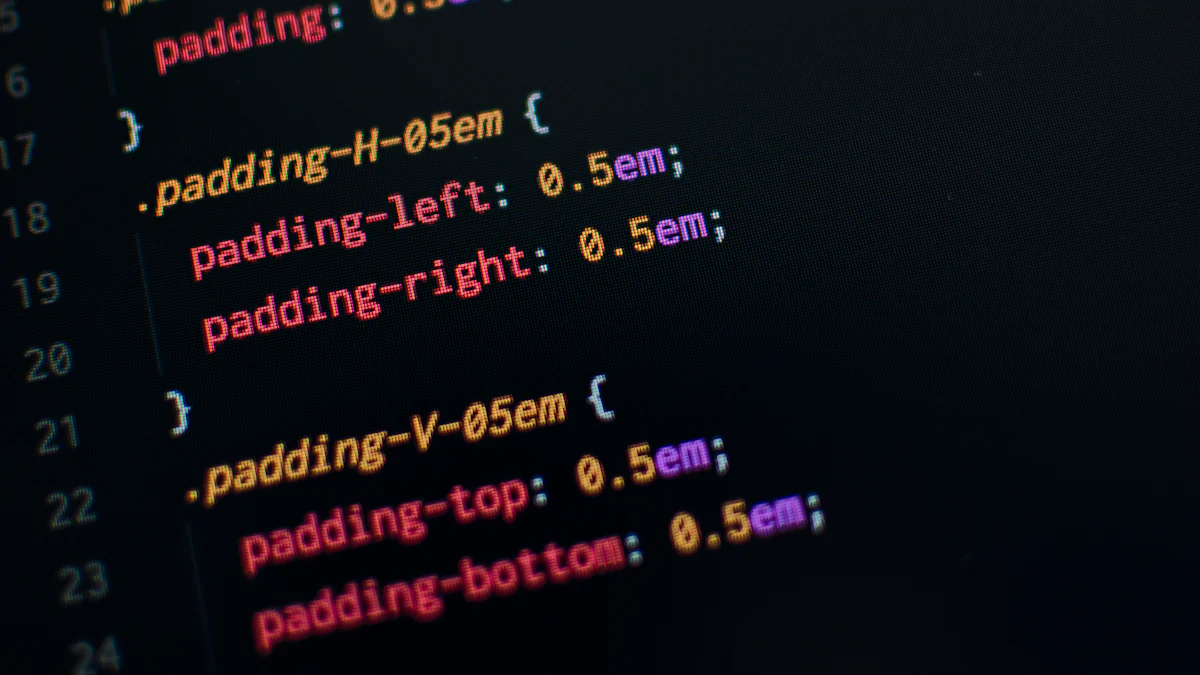# Introduction to RAG and Its Importance in Julia
# Understanding RAG
RAG, or Retrieve, Augment, Generate, technology plays a pivotal role in providing the latest research, statistics, and news to generative models (opens new window). It involves retrieving relevant information, augmenting it with additional context, and generating insightful outputs. This approach enhances the capabilities of AI models by leveraging a broader range of data sources.
What is RAG?
RAG technology integrates retrieval mechanisms with generative models to enhance their performance and output quality. By combining these elements seamlessly, developers can create more robust and contextually aware AI systems.
Why RAG Matters in Programming
The integration of RAG into various applications brings several benefits to organizations (opens new window)' generative AI efforts. It enables developers to access a wealth of information quickly and efficiently, leading to more informed decision-making processes.
# Julia's Role in Advancing RAG
Julia, known for its high-performance capabilities and ease of use, has emerged as a powerful tool for advancing RAG technology. Its unique features cater specifically to the requirements of generative models, making it an ideal choice for developers looking to enhance their AI applications.
The Unique Features of Julia for RAG
Julia's speed and efficiency set it apart from other programming languages when developing generative models. With the ability to be up to 5 times faster than PyTorch (opens new window) for small network development (Julia) offers significant advantages in optimizing model performance.
How Julia Empowers Developers with RAG
Developers working with Julia benefit from its seamless integration with RAG techniques. The language's flexibility and versatility allow for quick experimentation and implementation of advanced generative models, ultimately empowering developers to push the boundaries of AI innovation.
# Diving Into the World of LangChain (opens new window) and LlamaIndex (opens new window)
In the realm of advanced AI technologies like RAG, two prominent tools, LangChain and LlamaIndex, stand out for their contributions to enhancing generative models in Julia.
# What is LangChain?
# The Basics of LangChain
LangChain serves as a versatile framework that excels in orchestrating complex operations like retrieval augmented generation (RAG) within Language Model Models (LLMs). It acts as a conduit, seamlessly integrating external data into the generative processes, allowing for tailored outputs that meet specific requirements effectively.
# LangChain's Role in RAG
An exemplary showcase of RAG within LangChain demonstrates how this tool elevates information retrieval and generation (opens new window) in AI applications. By leveraging LangChain, developers can enhance retrieval accuracy, minimize hallucinations in AI outputs, improve explainability, address copyright concerns, and access tailored, up-to-date data inputs efficiently.
# Exploring LlamaIndex
# Understanding LlamaIndex
LlamaIndex complements tools like LangChain, functioning more as an application layer rather than a data layer. This integration enhances the overall functionality by providing additional capabilities at the application level. The synergy between LlamaIndex and LangChain offers developers a comprehensive toolkit to build robust (opens new window) and innovative generative AI applications.
# How LlamaIndex Enhances RAG
By connecting with tools like LangChain, LlamaIndex enriches the generative model development process. Its unique features empower developers to create autonomous agents and chains of operations effectively. This collaboration between LlamaIndex and LangChain opens up new possibilities for implementing advanced RAG techniques in real-world scenarios.
# Comparing LangChain and LlamaIndex in Julia's RAG Applications
When evaluating LangChain and LlamaIndex within the realm of Julia's RAG applications, performance metrics play a crucial role. Let's delve into a comparative analysis focusing on speed, efficiency, accuracy, and reliability to discern the strengths of each tool.
# Performance Comparison
# Speed and Efficiency in Julia
LangChain stands out for its exceptional flexibility (opens new window) in handling chained logic and fostering creative generation processes. This attribute enables developers to craft intricate generative models with ease, pushing the boundaries of AI innovation within Julia's ecosystem. On the other hand, LlamaIndex streamlines the search and retrieval operations through efficient indexing (opens new window) mechanisms. Its specialized design caters to building robust search and retrieval applications swiftly and effectively.
# Accuracy and Reliability
In terms of accuracy and reliability, both LangChain and LlamaIndex exhibit distinct strengths. LangChain, with its focus on tailored outputs and enhanced retrieval accuracy, excels in scenarios demanding precision-driven generative models. Conversely, LlamaIndex emerges as a superhero for tasks (opens new window) revolving around data indexing and LLM augmentation. It shines in applications like document search and content generation by providing reliable results promptly.
# Use Cases in Julia
# Ideal Scenarios for LangChain
Ideal scenarios for leveraging LangChain include projects requiring intricate generative processes with a focus on creativity and complex logic chains. Developers seeking to explore innovative AI solutions benefit greatly from the flexibility offered by LangChain, enabling them to experiment with diverse generative models seamlessly.
# When to Prefer LlamaIndex
On the other hand, LlamaIndex proves advantageous in situations necessitating swift data indexing, efficient search capabilities, and streamlined retrieval processes. Its efficiency in handling large datasets makes it an ideal choice for applications where speed and accuracy are paramount.
# Final Thoughts and Personal Takeaways
In my journey with Julia exploring RAG techniques through LangChain and LlamaIndex, I encountered a blend of successes and challenges. Integrating these tools unlocked a realm of possibilities, where LlamaIndex optimized indexing (opens new window) while LangChain fueled creativity in generative processes. The synergy between them provided a robust foundation for custom applications, enhancing interaction history (opens new window) and retrieval capabilities seamlessly.
Reflecting on this experience, I recommend Julia developers to embrace the combined power of LangChain and LlamaIndex for leveraging large language models effectively. This integration not only streamlines operations but also fosters innovation in AI applications, propelling advancements in the field of generative technologies.
As we look towards the future of RAG in Julia, emerging trends signal a continued evolution towards more sophisticated generative models. My advice to aspiring Julia programmers is to delve deep into RAG techniques, experiment with diverse tools like LangChain and LlamaIndex, and stay abreast of the latest developments to drive impactful AI innovations.
